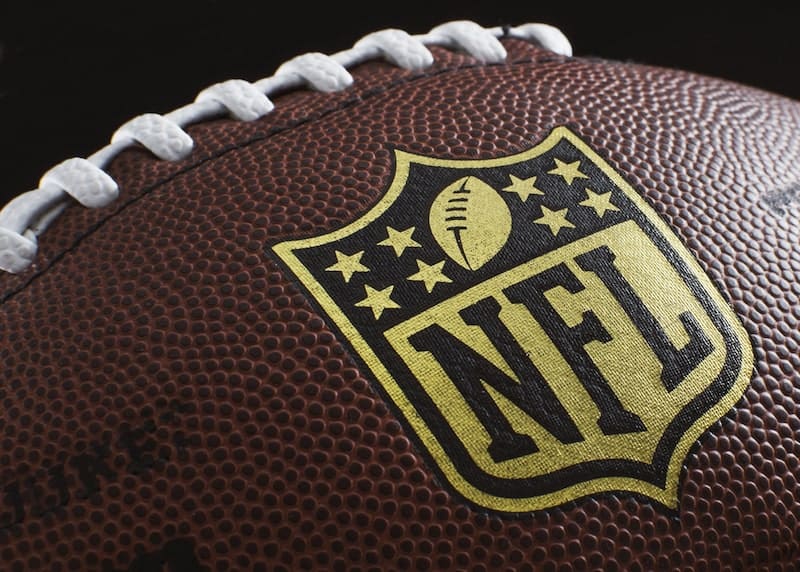The NFL is hugely popular, and the big games have a wider reach than you might think. While football is often seen as an exclusively American sport, it has a significant audience worldwide.
Millions of viewers watch the Super Bowl yearly, while other games also attract considerable support. It’s a global phenomenon, and while the sport continues to grow, it also spreads to influence other industries.
The Cult of Celebrity
Like many top disciplines, the leading NFL athletes transcend their sport to become wider celebrities. Even if you don’t follow the game closely, you’ll likely be familiar with the leading performers such as Patrick Mahomes, Travis Kelce, and Josh Allen.
These are the star performers in the league, and the men are most likely to appear at the top of the NFL MVP odds markets. Their high profiles mean that major brands often choose them to endorse their products, and several fashion designers and retailers are on board.
Anything those players endorse will influence fans, who will follow the trend. This is just one way the NFL influences the fashion industry; we see the results in every shopping mall.
A Stage Further
In recent years, top NFL athletes have endorsed fashion brands. Odell Beckham Jr enjoyed collaborating with Bloomingdales, while Antonio Brown is frequently seen in styles from YEEZY and Balenciaga.
There are many more examples, while some players take things further by developing their own clothing line.
In 2016, Denver Broncos quarterback Russell Wilson launched the Good Man line. Marshawn Lynch, who had previously appeared as a running back for the Seattle Seahawks, is the well-known face behind the Beast Mode apparel series.
Drew Brees of the New Orleans Saints is another former player to work in fashion after retirement. Other players endorse the industry by appearing at major fashion shows. Each intervention continues to back the fashion sector and influence the buying patterns of legions of NFL fans.
Brand Awareness
Major producers and retailers can also raise their profile through sponsorship and advertising campaigns. The most significant exposure will come at the Super Bowl, the biggest game in the NFL season, but advertising at this campaign stage comes at a premium.
The figures show that a 30-second Super Bowl ad costs, on average, in the region of $7 million. It’s a hefty price tag, but it’s within the budget of many top brands who see this as an investment.
The first fashion brand to take advantage of Super Bowl advertising was Footlocker, who booked a slot at the 1987 game. At that point, ads cost an average of around $650,000, and the retailer produced an innovative commercial that depicted a football game played in space.
Nike’s entry into the world of Super Bowl advertising came in 1995 and was memorable for more than one reason. The brand enlisted the talents of actor Dennis Hopper, who took the role of an enthusiastic referee. Hopper stood in front of the Nike logo, and this was the first time the company had used the ‘Swoosh’ in isolation, without the brand name to accompany it.
Other major fashion retailers and designers booked a Super Bowl commercial, including Levi’s, Victoria’s Secret, Lee, H&M, and Skechers. While there was a significant initial outlay in each case, the fact that each ad is being talked about many years later says a lot about their impact.
Leading the Line
These findings show that the NFL is likely to be the most critical organization in the fashion industry. Regarding sporting events in the United States, nothing can compare to the Super Bowl, which leads the race for viewing figures every time.
Outside of football, the NBA finals are the most-watched sporting event in the US, but the numbers don’t come close to the Super Bowl. This means that when a fashion brand wants to reach the biggest audience, they must consider booking a Super Bowl commercial.
Away from the biggest game, there are advertising opportunities right through the season, while the individual players also help boost the industry.
Many of the top stars have endorsement deals with top clothing brands. They also partner with sports equipment manufacturers, much of which is worn as leisurewear.
The results can be seen in every town and city in the US. Dedicated fans follow their favorite players. Anything worn or endorsed by top athletes has market value. The NFL has always influenced fashion. This trend will likely continue.


